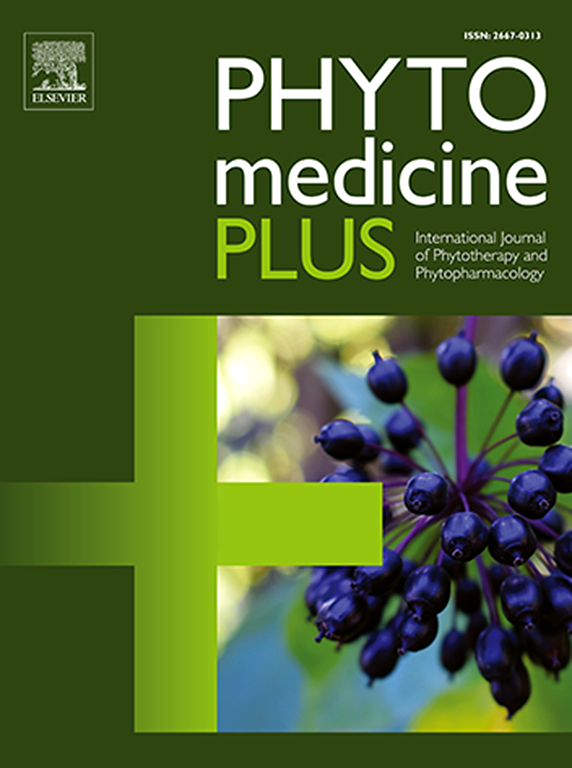Exploring the male fertility potential of medicinal plants from central and West African countries: A systematic review
Q3 Pharmacology, Toxicology and Pharmaceutics
引用次数: 0
Abstract
Background
Male fertility related issue among couples in developing countries has continued to prevail despites the availability of variety of synthetic drug; hence, the need to develop more effective treatment with less side effects. The present study sort to explore medicinal plants with male fertility potential in Central and West (C&W) Africa countries.
Method
The present study is a systematic review that included 25 randomized controlled trial studies using experimental animal models for various male fertility related issues treated with medicine plants sourced from within any of the C&W African countries.
Result
Most of the included studies were conducted in Nigeria 80 % (20/25). The mechanisms through which C&W African plant extracts enhance fertility include reducing inflammatory biomarkers, modulating oxidative stress biomarkers (SOD, CAT, and GPx), and improving reproductive hormone levels (testosterone, luteinizing hormone, and follicle-stimulating hormone). Treatment with the plant extracts were associated with increased sperm count, motility, and viability, and improved histoarchitecture of the testes. However, only a few of the included studies chemical characterized the plant used for the study; ultraviolet spectrophotometry 4 % (1/25), gas chromatography-mass spectrometry 12 % (3/25), high-performance liquid chromatography 8 % (2/25), nuclear magnetic resonance 4 % (1/25), fourier transform infrared spectroscopy 4 % (1/25)
Conclusion
This review highlights the promising fertility-enhancing potential of plant species used in C&W Africa, demonstrating their ability to improve male reproductive health through antioxidative, anti-inflammatory, and hormonal modulation pathways. We recommend proper chemical characterization of the included plants to help improve our understanding of their mechanism of action.

中非和西非国家药用植物雄性生殖潜力的探索:系统综述
背景:发展中国家夫妇中与男性生育有关的问题继续普遍存在,尽管有各种合成药物可供使用;因此,需要开发更有效、副作用更小的治疗方法。本研究旨在探索非洲中部和西部国家具有雄性育性潜力的药用植物。方法本研究是一项系统综述,包括25项随机对照试验研究,使用实验动物模型研究来自西非任何国家的药用植物治疗各种男性生育相关问题。结果大多数纳入的研究在尼日利亚进行,占80%(20/25)。非洲植物提取物提高生育力的机制包括降低炎症生物标志物,调节氧化应激生物标志物(SOD、CAT和GPx),提高生殖激素水平(睾酮、黄体生成素和促卵泡激素)。用植物提取物处理与精子数量、活力和活力的增加以及睾丸组织结构的改善有关。然而,只有少数纳入的研究对用于研究的植物进行了化学表征;紫外分光光度法4%(1/25)、气相色谱-质谱联用法12%(3/25)、高效液相色谱法8%(2/25)、核磁共振法4%(1/25)、傅里叶变换红外光谱法4%(1/25)。结论本综述强调了非洲南部地区植物具有增强生殖能力的潜力,证明了它们通过抗氧化、抗炎和激素调节途径改善男性生殖健康的能力。我们建议对所含植物进行适当的化学表征,以帮助我们更好地了解它们的作用机制。
本文章由计算机程序翻译,如有差异,请以英文原文为准。
求助全文
约1分钟内获得全文
求助全文
来源期刊

Phytomedicine Plus
Medicine-Complementary and Alternative Medicine
CiteScore
3.70
自引率
0.00%
发文量
178
审稿时长
81 days
期刊介绍:
 求助内容:
求助内容: 应助结果提醒方式:
应助结果提醒方式:


